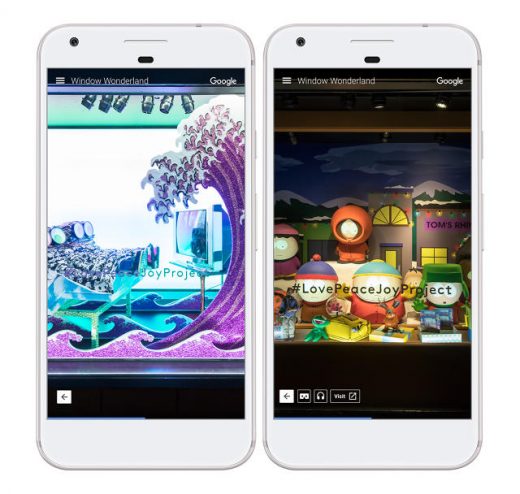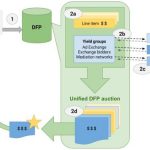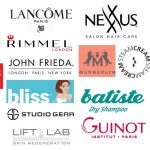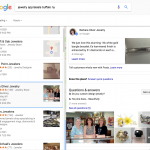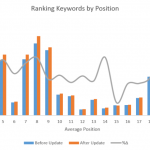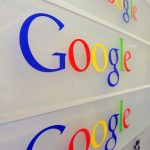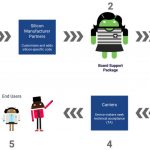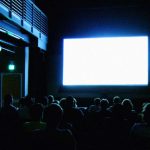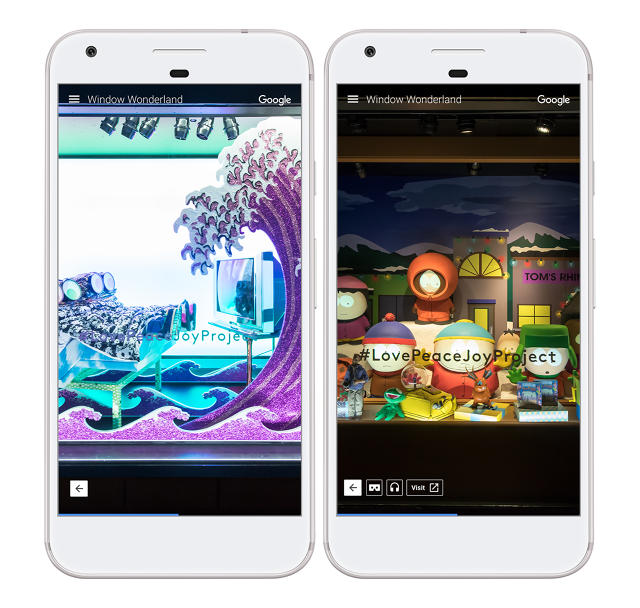Google’s “Window Wonderland” Brings New York’s Holiday Retail Extravaganzas To The Web
There is no time of day at this season when Macy’s seems less than full. Standing room only might be placarded over every one of the numerous doors. A stream of people is always passing in and out; a throng of carriages almost blocks the street and the avenue outside, and two deeply-interested crowds are permanently stationed at the ‘doll windows,’ in one of which we have, in this Centennial year, a group of dolls in faultless Continental costume, going through the figures of a quadrille with much dignity and stiffness.
That was the New York Times on December 9, 1876, reporting on the hustle and bustle at Macy’s during the Christmas shopping season. The retailer, then just 18 years old, had created elaborate window displays to lure passersby. At the time, it was an innovation in marketing—and, as the Times’ story shows, a spectacularly successful one.
Fast-forward 140 years. The holiday windows at Macy’s—and many other Manhattan retail giants—remain a powerful way to grab the attention of New Yorkers and tourists alike. It’s just that they long ago morphed from a novelty into an institution.
For 2016, however, the tradition has a twist that makes it new all over again. Over five days in November, Google shot high-res imagery of the windows at 18 major New York stores. Then it smooshed them into a fluid, engaging experience you can peruse in a web browser, on a smartphone or tablet, or via a VR headset.
This isn’t the first time that the company has put holiday store windows on the web. In 2014, its Maps group digitized them in a manner similar to its Street View feature. This year’s take on the idea—dubbed “Window Wonderland“—was created by Google’s Art, Copy & Code team, part of the company’s marketing organization.
“Our day-to-day work is thinking about how we might use our technology that’s created across Google to create new marketing experiences and new brand storytelling,” explains Aman Govil, who heads Art, Copy & Code. “And hopefully provide inspiration to other creatives.”
Govil’s group has more than 15 people, including its own dedicated engineers. They started fresh rather than merely reviving what their counterparts in Maps had done with holiday displays in 2014. “We all love the window tradition here,” he says. “It’s such an iconic thing. We thought it might be fun to put a unique Google spin on it and bring it to the masses.”
Window Wonderland incorporates the holiday spectaculars created by venerable department stores Barneys New York (represented by windows at two locations), Bergdorf Goodman, Bloomingdale’s, Lord & Taylor, Macy’s, and Saks Fifth Avenue; jewelers Cartier and Tiffany; fashion titans Burberry and Polo Ralph Lauren; luxury purveyors Fendi, Henri Bendel, and Louis Vuitton; and relative newcomers ABC Carpet and Home, American Girl, Michael Kors, and Tory Burch.
Just getting all these merchants to participate was a bit of a coup for Google, given that many of them are archrivals, especially at holiday time. (The intense competition between Macy’s and long-defunct Gimbels depicted in the 1947 Christmas classic Miracle on 34th Street was real, and its spirit is alive and well.) But most of the companies in question already buy ads from Google, and the idea of using technology to bring their windows to a worldwide audience proved irresistible.
“We’re constantly looking for innovative ways to communicate, and Google is a trusted, forward-thinking partner we enjoy working with,” says Lisa Pomerantz, senior VP of global communications and marketing for Michael Kors. For 2016, its windows sport design elements such as giant clock faces and shiny red and gold ribbons.
At Macy’s landmark Herald Square store, this year’s displays feature the communications system that Santa uses to receive emails, texts, and YouTube videos from nice children; a playable pinball machine; a giant gold-leaf reindeer head; and a profusion of elves. Peak throngs of more than 10,000 people an hour come to take them in. That’s a lot of folks for one city block in New York, but a dinky figure by internet standards. By sharing them via Window Wonderland, “we feel like we’re extending the reach of the holiday spirit,” says Serena Potter, the retailer’s group VP for digital media.
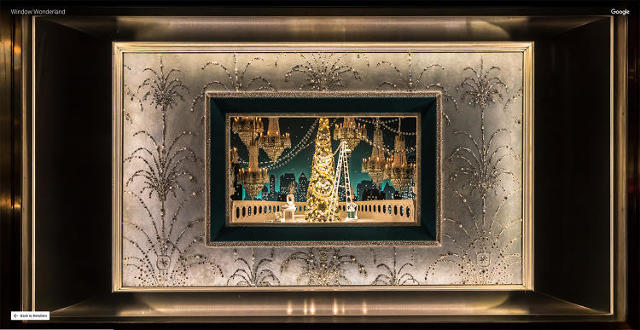
Tiffany’s windows—which dress up depictions of New York with decidedly Tiffany-esque touches like tiny bejeweled Christmas trees—draw on inspiration from the work of Gene Moore, who oversaw its displays from the 1950s into the 1980s and collaborated with the likes of Andy Warhol and Robert Rauschenberg. Though the scenes themselves are just as handcrafted as ever, they’ve become an increasingly important part of the company’s social-media strategy, according to VP of digital marketing Diana Hong-Elsey. “To do something even more immersive was exciting for us,” she says.
To avoid playing favorites, Google randomizes the order of the virtual storefronts for each visitor. And every retailer’s experience includes a link to its website, which means that these virtual displays, like their real-world counterparts, could help turn window shoppers into paying customers. (There are also “Shop gifts on Google” links, giving Google a potential financial return on its effort)
Photo By Photo By Photo
In order to capture the retailers’ displays in a manner that simulated what you’d see if you strolled by them in person, Google used panography—the technique of taking multiple still photographs and then stitching them into one view that goes on and on. But it it wanted the results to be crisp, smooth, and hyper-realistic, which required it to devise its own approach to the technology.
In conventional panographic photography, “people take lots and lots of photos with a little overlap and blend them together,” says Govil. “We took hundreds of photos with a lot of overlap.”

Google shot the imagery using a Canon EOS 1D X Mark II, a high-end SLR capable of shooting 21.5-megapixel photos at 14 frames per second in uncompressed RAW format. The camera was mounted on a dolly with overinflated tires that let it slide along the sidewalk with a minimum of jitter. Every two to five seconds, the camera snapped another picture.
The end result has a highly polished, theme park-like feel. By swiping or mousing, you glide past the displays and even neatly turn corners when necessary to see everything; double-tapping lets you zoom in, the equivalent of pressing your nose to the window and relishing every little detail. The perspective effect has an uncanny, 3D-like feel, and some of the artifacts in the windows—like Macy’s spinning gold elves—move as your pass them, even though what you’re looking at is an assemblage of still images, not a video.
Window Wonderland’s default experience is silent. But if you like, you can turn on an audio track in which representatives from the stores explain their displays’ themes.
To make the individual images meld together into one seamlessly swipable view, Google had to make sure that no random pedestrians, shadows, or other distractions were visible in any photo. It accomplished that partially by shooting late at night and early in the morning, when its photography project would attract less attention and it could block off sidewalks without crimping the stores’ ability to conduct business. But the company also used a traveling 60-foot black curtain to wall the camera off from everything except the windows.

Even with all the preparation that Google’s photographers did, some aspects of the shoot were out of their control. “We had a couple of days of rain and high winds,” says Govil. “We had some of that buffered into our planning so we could go back.” At Tiffany, they also had to deal with the fact that Fifth Avenue’s most famous jewelry store is located in close proximity to Trump Tower, where protests were going on in the wake of Donald Trump’s election. “We had to get put on a security list and get sniffed by dogs,” says Art, Copy & Code producer Eric Tao.
Along with the guided view it shot with the Canon SLR, Google also produced a 360-degree version of each window, which you can switch to on a smartphone, tablet, or PC, or view in 3D on a Google Cardboard or Daydream VR viewer. Created using Google’s own Jump rig—which packs 16 GoPro cameras—these views amount to a cinéma-vérité mode, since you can rotate your perspective from the windows themselves to see the gawking spectators and sidewalk barriers that Google carefully masked out of the main view. (Audio of chattering pedestrians and honking taxis is optional.)
For Google, Window Wonderland’s technical challenges didn’t all relate to its New York photographic jaunt. Govil’s engineers also needed to figure out how to pump all that high-res imagery over the internet and onto devices in an efficient manner—no small task, especially given that it was doing so without proprietary apps or plug-ins. “If this were one image it would be like a million pixels wide,” he says. “How do you load that photo and not crash people’s browsers and phones?”
As I tried out a preview version of Window Wonderland over the couple of days immediately preceding its public launch, I could see Google’s engineers wrestling with those challenges. The individual store experiences, which loaded sluggishly at first, became snappier; bugs got squashed; the interface for zooming in evolved. By the end, it all worked.
It all worked so well, in fact, that I ended up hoping that Google repeats the whole process in 2017—and maybe even uses the same technology to bring other experiences to the web. (It could be an engaging way to tour a distant museum, for instance.)
When I talked to Govil as his team was still tweaking this year’s version, he was noncommittal about the project’s future. “Getting this done was an effort in itself,” he told me. “Based on how consumers respond and what we learn from our partners, we may decide to do it again.”
Google may be mulling over its options, but for the retailers responsible for New York’s seasonal displays, time is already a-wasting. “We’re starting on holiday 2017 right now,” says Richard Moore, Tiffany’s VP of creative visual merchandising. “It’s really a year-round project.” Which gives New Yorkers something to look forward to—and maybe the rest of us, too, if Window Wonderland becomes an annual tradition of its own.
Circa the 1930s, Christmas shoppers crowd outside the display windows of Macy’s landmark store in Manhattan’s Herald Square
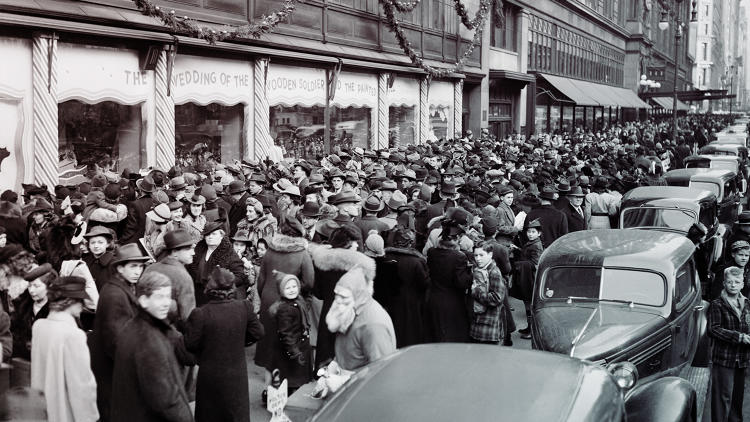
“Winter Wonderland” on a tablet
‘ src=”http://d.fastcompany.net/multisite_files/fastcompany/imagecache/slideshow_large/slideshow/2016/12/3066243-slide-i-5-google-windows-experience.jpg”>
A South Park-inspired window at Barneys

Enjoying the show
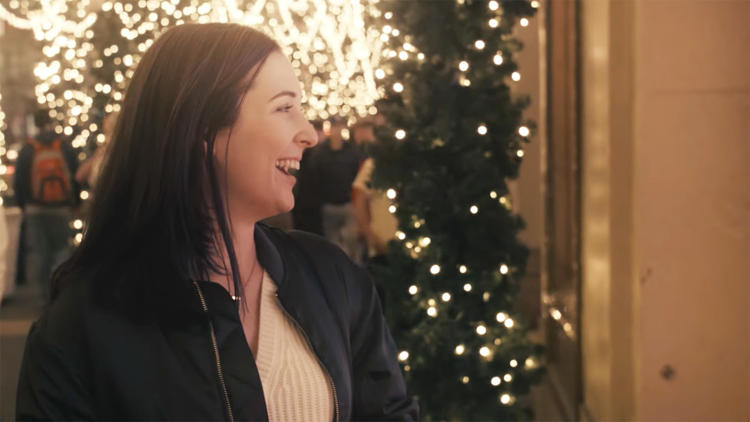
Another Barneys window, designed by Rob Pruitt
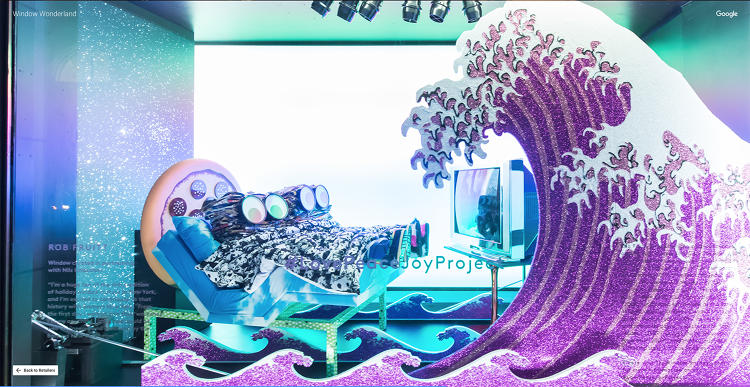
At Bergdorf Goodman, the look is rather ethereal

One of Tiffany‘s bejeweled trees
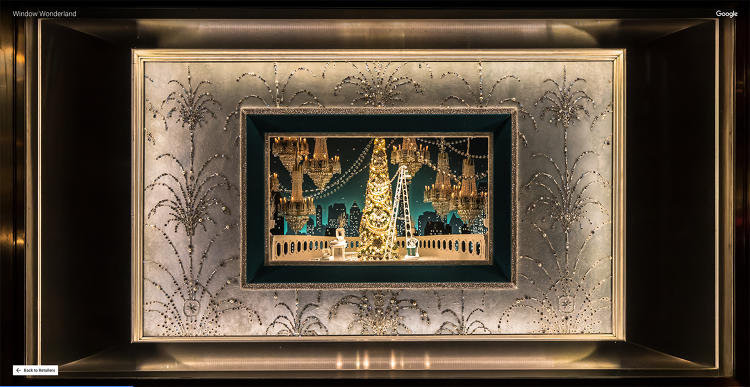
Polo Ralph Lauren‘s display takes a good-naturedly eccentric approach

Burberry offers classic clothing and humongous ornaments
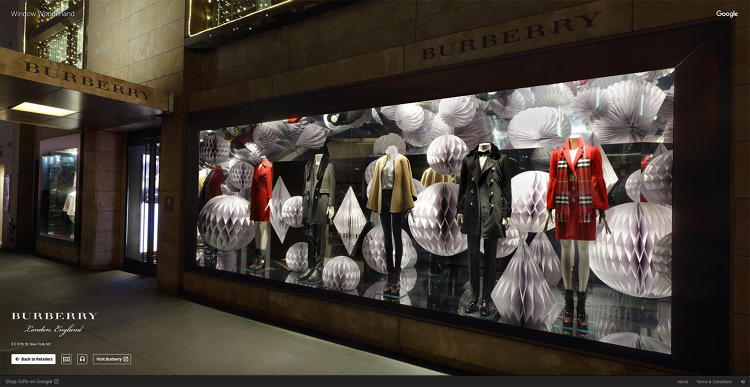
(107)

